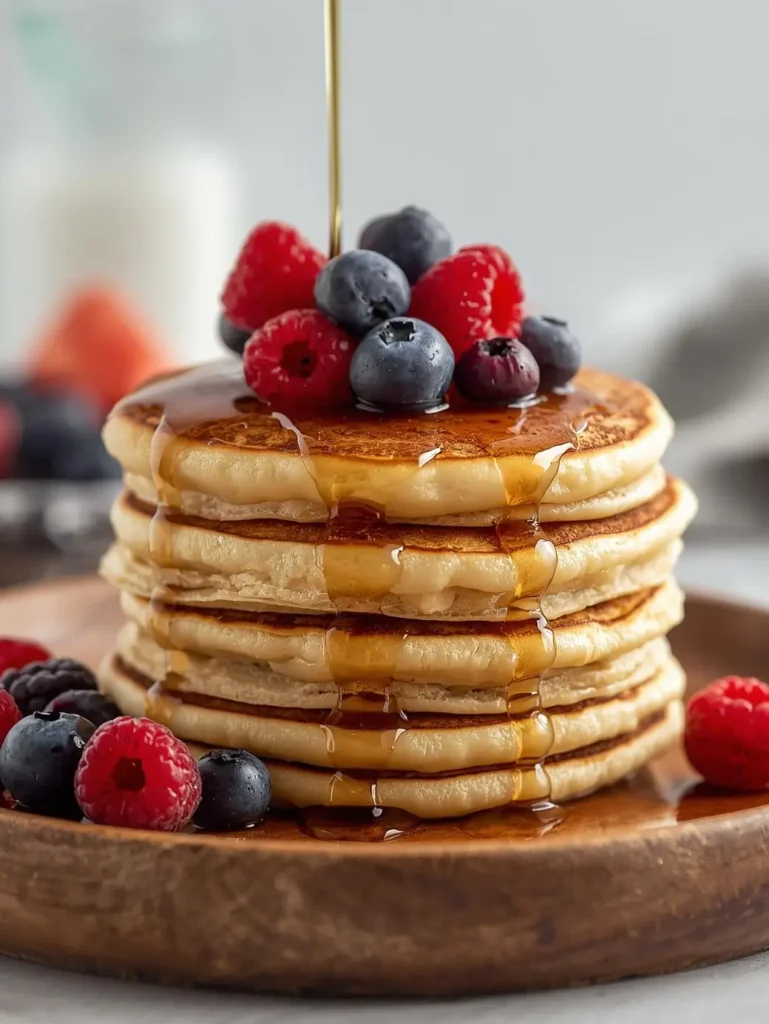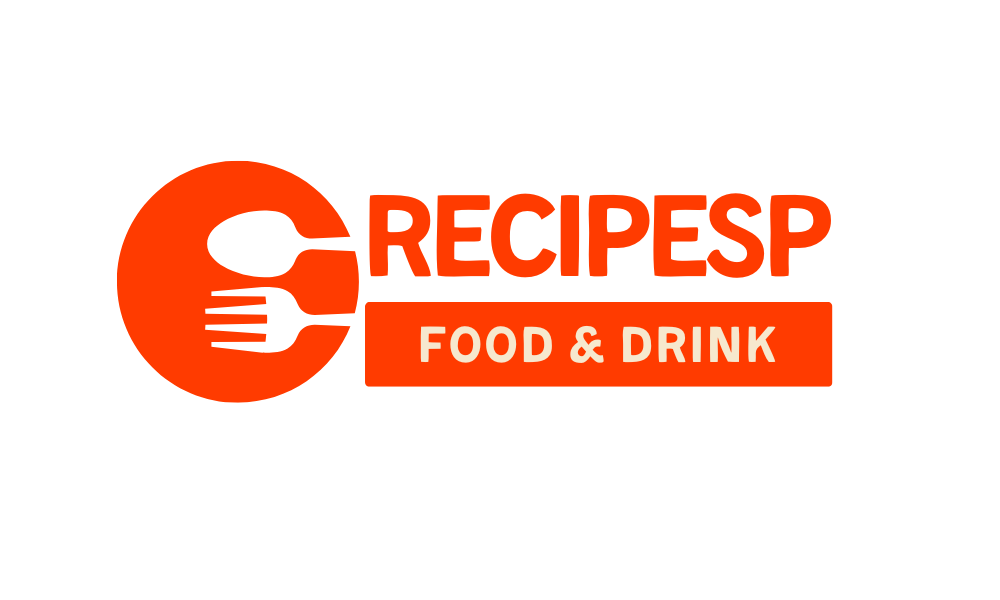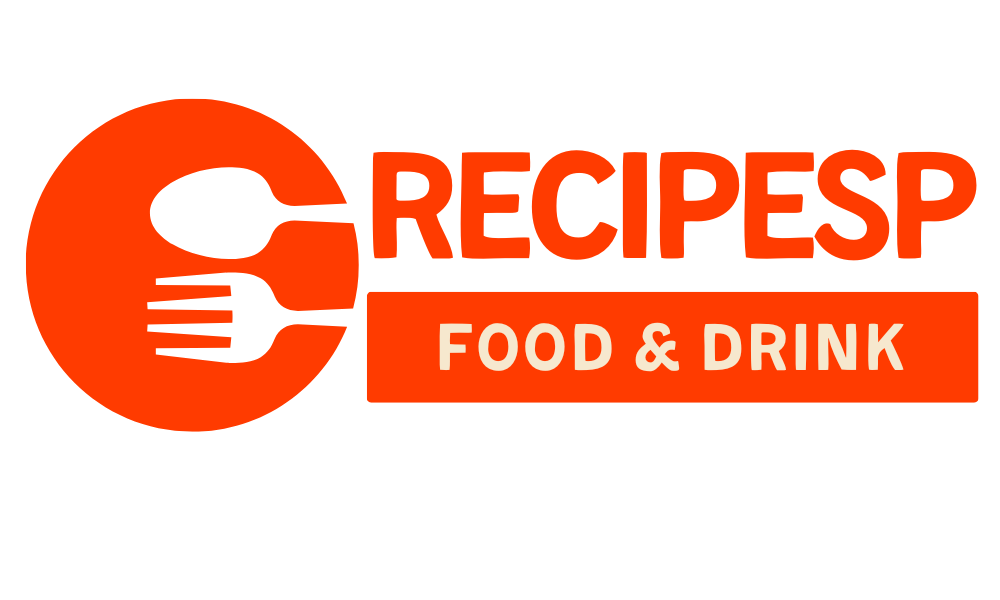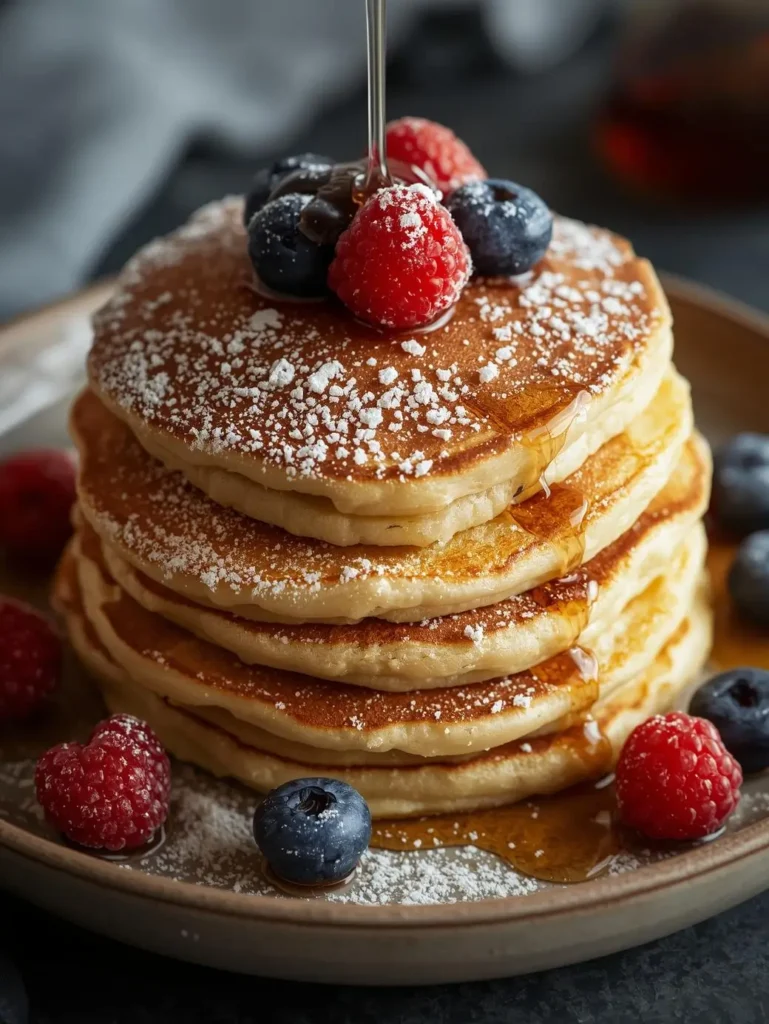Can the Classic Pancake Really Be Made Gluten Free—And Still Taste Amazing?
If you’re someone who thinks gluten free pancakes are doomed to turn out dense, dry, or less flavorful, you’re not alone. A study by The NPD Group found that over a quarter of Americans are seeking to reduce or avoid gluten, yet many still believe that gluten free recipes, especially pancakes, just can’t live up to the fluffy, tender standard set by traditional wheat-based ones. But what if you could create pancakes that are both gluten free and delicious, without sacrificing taste or texture? With the right recipe, you can enjoy a stack that’s every bit as satisfying as its classic counterpart.
Whether you’re dealing with celiac disease, gluten sensitivity, or simply interested in more wholesome breakfast options, gluten free pancakes deserve a spot at your table. Featuring carefully selected flours and natural sweeteners, these pancakes can match, or even surpass, the flavor profile and nutritional benefits of even the most beloved old-fashioned batters.
Let’s break down exactly how you can make gluten free pancakes that everyone will ask for by name—starting with the ingredients that make all the difference.
Ingredients List
Setting yourself up for pancake success begins at the mixing bowl. The ingredients below have been tested for both taste and texture, with easy substitutions highlighted for ultimate flexibility.
- 1 cup gluten free all-purpose flour blend (ensure it contains xanthan gum for binding)
- 2 tablespoons almond flour (adds moisture and lightness)
- 2 tablespoons coconut sugar (can substitute with maple sugar or regular sugar)
- 2 teaspoons baking powder (ensure it’s labeled gluten free)
- ¼ teaspoon baking soda
- ¼ teaspoon fine sea salt
- 1 large egg (or flax egg for vegan: 1 tbsp ground flaxseed + 2.5 tbsp water)
- 1 cup milk (dairy, almond, oat, or coconut work well)
- 2 tablespoons melted coconut oil (or neutral oil or unsalted butter)
- 1 teaspoon pure vanilla extract
- Optional additions: A pinch of cinnamon, mini chocolate chips, wild blueberries, or chopped nuts
For those with additional allergies, the egg and dairy can easily be swapped out with plant-based alternatives, while the flour blend can be selected for nut-free households. Each ingredient is carefully chosen for how it impacts both nutrition and the pancake’s irresistible fluff.
Timing
Gluten free pancakes are surprisingly fast compared to some elaborate breakfast dishes. Here’s how the timing breaks down:
| Task | Duration |
|---|---|
| Prep Time | 8 minutes |
| Cook Time | 12 minutes |
| Total Time | 20 minutes |
Compared to the average homemade pancake recipe, which clocks in at 25–30 minutes, these gluten free pancakes can save you nearly 20% in total time. Quick weekends or busy weekday mornings, these fit the bill.

Step-by-Step Instructions
1. Mix the Dry Ingredients
In a large bowl, whisk together the gluten free flour blend, almond flour, coconut sugar, baking powder, baking soda, and sea salt. Whisking first ensures even leavening, which is crucial for pancakes that rise evenly and don’t end up with dense clumps.
Tip: Sift the dry ingredients for extra fluffy results.
2. Combine the Wet Ingredients
In a separate bowl, beat the egg. Add your milk of choice, melted coconut oil, and vanilla. Whisk until smooth and fully combined—lumps of oil or egg can cause uneven pancakes.
Trick: If using a flax egg, let it sit for 5 minutes to gel before combining.
3. Make the Batter
Pour the wet mixture into the bowl with the dry ingredients. Stir gently until just combined. Some lumps are okay; over-mixing leads to tough pancakes.
Personal Note: For pancakes with a bit more rise, let the batter rest for 5–10 minutes before cooking. The flour hydrates and the batter thickens slightly.
4. Heat and Grease the Pan
Preheat a nonstick skillet or griddle over medium heat. Brush lightly with oil or butter. The surface should be hot enough that a drop of water sizzles instantly.
Tip: Nonstick surfaces or well-seasoned cast iron give even browning and effortless flipping.
5. Cook the Pancakes
Scoop about ¼ cup of batter per pancake onto your hot surface. When bubbles form on top and edges start to set (about 2–3 minutes), flip and cook the other side until golden brown—another 1–2 minutes.
Trick: Resist the urge to press them down! Letting them cook undisturbed ensures fluffy centers.
6. Serve Warm
Stack them up and serve immediately, or keep them warm in a low oven on a wire rack to maintain the crisp exterior.
Nutritional Information
Gluten free pancakes can surprise you with their balance of nutrients, especially when made with almond flour and natural sweeteners. Here’s a quick look at the nutritional profile per pancake (based on a standard batch of 8):
| Nutrient | Amount per Pancake |
|---|---|
| Calories | 78 |
| Fat | 3.1g |
| Carbohydrates | 11g |
| Fiber | 1.3g |
| Protein | 2.2g |
| Sugars | 2.2g |
- Rich in fiber: Almond flour and gluten free blends add fiber to support digestion.
- Lower in sugar: Coconut sugar or maple sugar offer a natural sweetness with a gentle glycemic impact.
- Good protein source: Eggs or flaxseed plus almond flour provide extra staying power.
Nutrition naturally varies based on your flour blend and add-ins, so check specific labels if you need detailed data for meal planning.
Healthier Alternatives for the Recipe
Interested in making your gluten free pancakes even more nutritious? Try these adjustments:
- Swap in oat flour for extra fiber and a subtle flavor boost (make sure it’s certified gluten free).
- Use unsweetened applesauce instead of oil for lighter, fruit-forward pancakes.
- Opt for chia eggs instead of flax for an omega-3 kick.
- Fold in grated zucchini or carrots for a veggie-rich twist that remains kid-friendly.
- Replace sugar entirely with mashed ripe banana or date paste.
For dairy-free needs, any unsweetened plant milk works beautifully, and sprinkling hemp seeds on top adds extra protein without altering flavor.
Serving Suggestions
There’s no shortage of ways to dress up gluten free pancakes. Some themes and combinations to get you started:
- Classic berries and maple syrup: Nothing beats the burst from fresh strawberries or blueberries.
- Crisp apple-cinnamon compote: Saute chopped apples with cinnamon for a warm, spiced topping.
- Dairy free coconut yogurt and toasted pecans: A drizzle of honey ties it all together.
- Nut butter & banana: Layer slices of ripe banana with almond or peanut butter for filling power.
- Chocolaty delight: Sprinkle mini dark chocolate chips before flipping for a decadent upgrade.
Encourage friends and family to personalize their stacks with a topping bar—perfect for brunches and gatherings.
Common Mistakes to Avoid
Making gluten free pancakes is a different experience from classic wheat recipes, so a few missteps are quite common:
- Overmixing: Gluten free flours turn gummy when overworked; mix until ingredients are barely incorporated.
- Skipping the rest: Even a brief rest helps hydrate GF flours, yielding better texture.
- Too much heat: Gluten free pancakes brown faster; keep the pan at medium and flip only once.
- Forgotten leavening: Both baking soda and powder are needed for optimal lift in GF batters.
- Using the wrong flour blend: Not all gluten free blends are created equal. Choose a 1-to-1 blend with xanthan gum for predictable results.
Experience sharpens every batch, but these tips can help you master the process from the first try.
Storing Tips for the Recipe
- Allow pancakes to cool on a wire rack before storing—trapped steam can make them soggy.
- Wrap stacks in parchment and slip them into an airtight container in the fridge for up to 3 days.
- For longer storage, freeze individual pancakes between sheets of wax paper. Reheat in a toaster or warm oven directly from frozen for a quick breakfast solution.
- If prepping batter ahead, store it in the refrigerator for up to 12 hours, but stir again before using because gluten free flours absorb liquid over time.
Proper storage preserves both the delicate crumb and rich flavor.
Recap of the Recipe
Gluten free pancakes deliver the fluffy, tender texture everyone craves, while being adaptable, wholesome, and surprisingly quick. Try this recipe and share your thoughts in the review section or comments below, and don’t forget to subscribe if you want fresh recipes delivered to your inbox.
FAQs
Can I use only almond flour or coconut flour for these pancakes? Not for this recipe. Almond or coconut flour alone can make pancakes either too dense or too fragile. A balanced GF blend ensures the right texture.
Why didn’t my gluten free pancakes rise well? Make sure your baking powder and soda are fresh, and try letting your batter rest. The correct ratio of leavening agents is key.
What if I don’t have xanthan gum in my flour blend? Add ¼ teaspoon per cup of flour. This provides necessary binding, preventing crumbly pancakes.
Are these pancakes suitable for kids? Absolutely! They’re low in sugar, adaptable, and can be made nut-free or dairy-free as needed.
How do I avoid a gritty texture? Choose a high-quality gluten free flour blend. Letting the batter rest and sifting dry ingredients before mixing will give you the smoothest pancakes.
Hungry for more ideas? Check our related recipes for gluten free waffles, dairy free breakfast treats, and meal prep guides to keep mornings deliciously easy.


